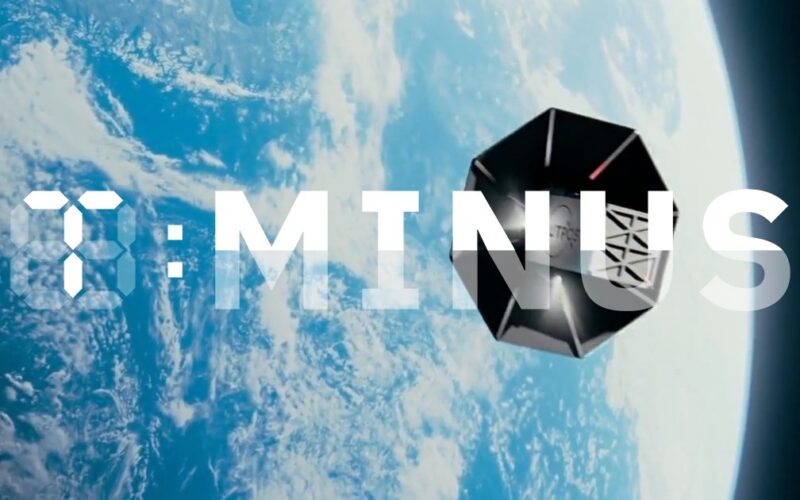This is T-Minus, where we count down the biggest developments in space, from new rocket launches to discoveries that advance our understanding of the universe and our place in it. Humanity is reaching new heights in space exploration. Make sure you’re part of the journey by subscribing here.
Space startups to watch
For decades, space was exclusively the domain of governments, militaries, and others with really deep pockets — if you didn’t have tens of millions of dollars, you could forget about getting anything into orbit.
Falling launch costs and advances in tech have lowered the barrier to entry in recent years, and today, the aerospace industry includes hundreds of startups, all vying to be the next SpaceX, Lockheed Martin, or Boeing (OK, maybe not Boeing).
Here are 10 that could actually do it.
Astranis
A render of two Astranis satellites.
- Founded: 2015
- Founders: John Gedmark and Ryan McLinko
- Headquarters: San Francisco, CA
Big deal because… its internet satellites could help close the digital divide.
Quick recap: Astranis is building communications satellites to be deployed in geosynchronous equatorial orbit, which is more than 22,000 miles above the ground. This allows each satellite to provide internet connectivity to a larger area of land than other internet satellites, which are typically deployed at an altitude of 340 miles. Astranis deployed its first satellite in 2023, but it suffered a power issue.
The latest: Astranis raised another $200 million this year and recently unveiled its next-generation satellite, Omega. It plans to deploy the first of those in 2026, and its longer term goal is to have 100 satellites in orbit by 2030.
AstroForge
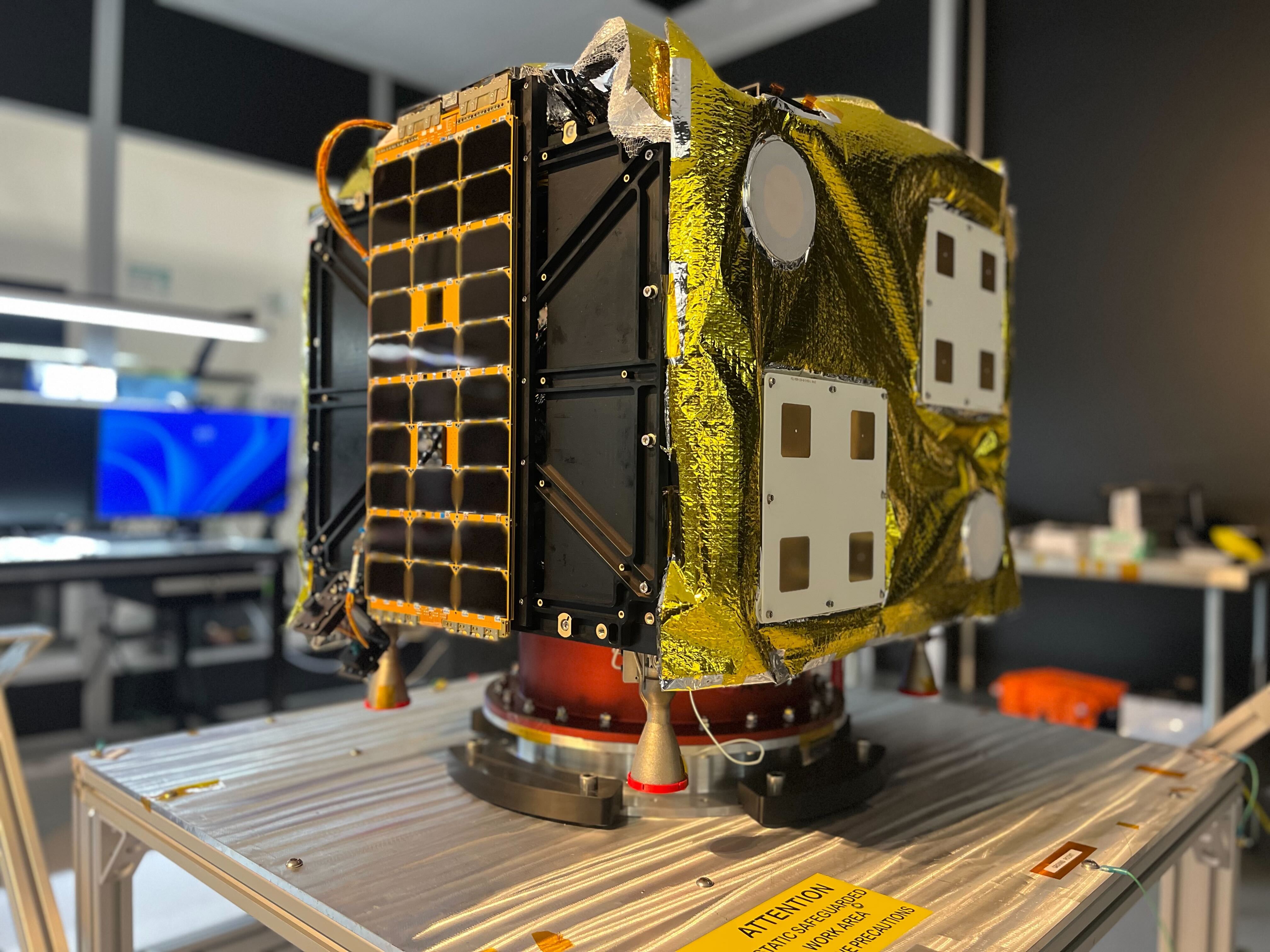
The Odin spacecraft.
- Founded: 2022
- Founders: Matthew Gialich and Jose Acain
- Headquarters: Seal Beach, CA
Big deal because… it could make asteroid mining a reality.
Quick recap: AstroForge is developing the technology to mine precious metals from asteroids. In 2023, it teamed up with SpaceX to deploy its first satellite, but it was unable to demonstrate the refinery technology onboard it. AstroForge is now working on its second mission, Odin, which is expected to launch before the end of 2024 and travel to deep space to image a target asteroid. Its third mission, Vestri, will then dock with the asteroid following a 2025 launch.
The latest: In August 2024, co-founder Matthew Gialich told SpaceNews that the company was “very much on track to return the first amount of platinum back to Earth before [the] end of this decade.”
Axiom Space
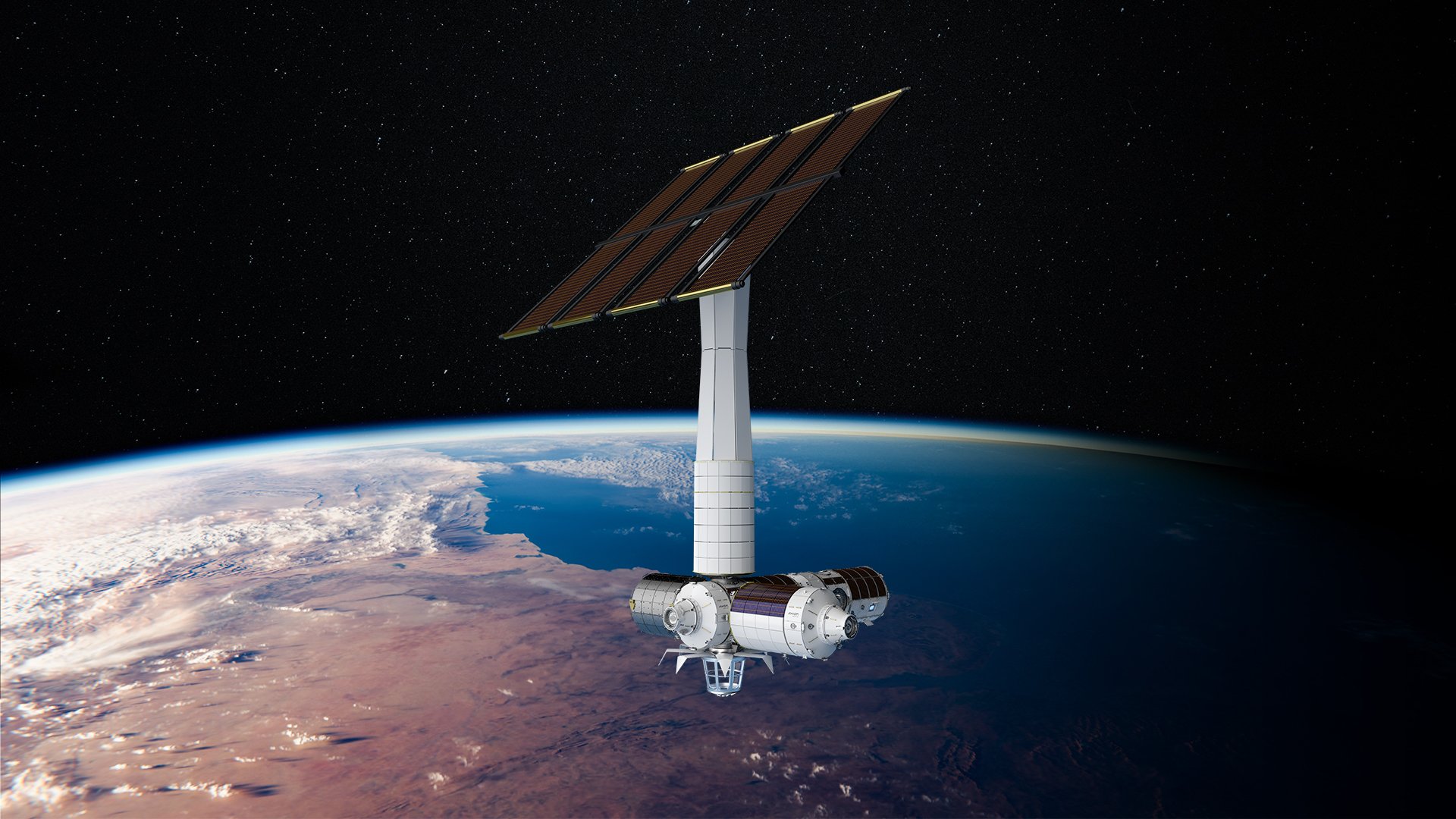
A render of Axiom Station.
- Founded: 2016
- Founders: Kam Ghaffarian and Mike Suffredini
- Headquarters: Houston, TX
Big deal because… it’s developing a private space station for NASA.
Quick recap: Mike Suffredini co-founded Axiom Space soon after wrapping up a decade-long stint as the manager of NASA’s International Space Station (ISS) program. In 2020, his old employer awarded Axiom a $140 million contract to build a habitable module that could connect to the ISS. The plan is for the module to detach before the ISS is deorbited and become Axiom Station — potentially the world’s first commercial space station.
The latest: Things are looking a bit rough for Axiom at the moment — on September 17, Forbes reported that the startup was having trouble paying its bills and had laid off at least 100 employees. If it can turn things around, though, it’s well positioned to play a major role in the future of human spaceflight.
Firefly Aerospace
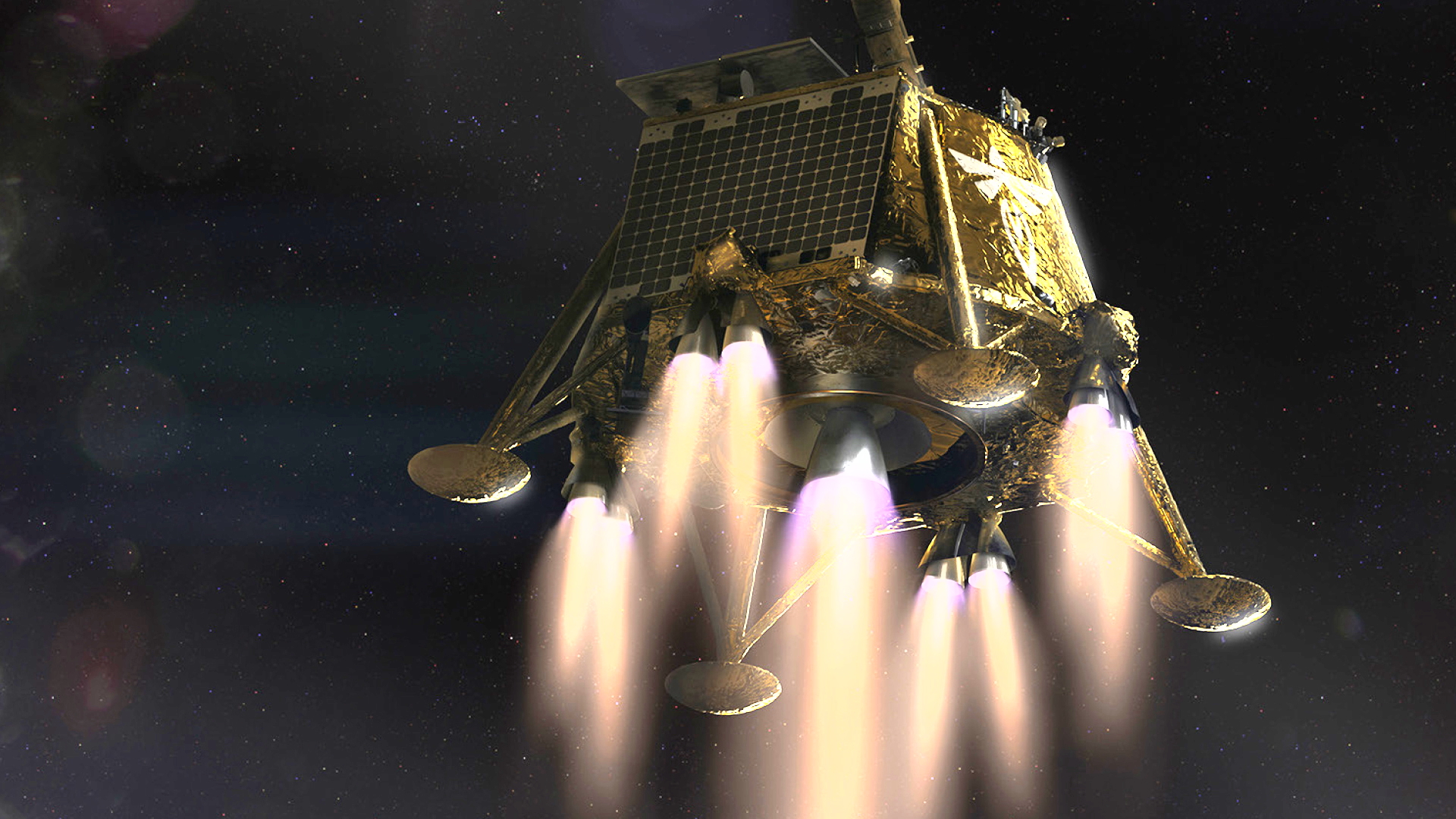
A render of a Blue Ghost lander.
- Founded: 2014 (as Firefly Space Systems)
- Founders: Tom Markusic, PJ King, and Michael Blum
- Headquarters: Cedar Park, TX
Big deal because… it can do (pretty much) everything.
Quick recap: Firefly markets itself as an “end-to-end space transportation company,” and truly, there’s seemingly not much it doesn’t do: the startup has developed its own rocket (Alpha), lunar lander (Blue Ghost), and orbital vehicle (Elytra). In 2022, it made history by deploying a satellite for the US Space Force just 27 hours after getting the order for launch, smashing the previous responsive launch record of 21 days.
The latest: NASA has contracted Firefly to deliver two Blue Ghost landers to the moon. The first is expected to launch in November 2024 and will contain 10 NASA payloads. The second mission is scheduled for a 2026 launch and will include the deployment of a satellite into the moon’s orbit.
Outpost Space
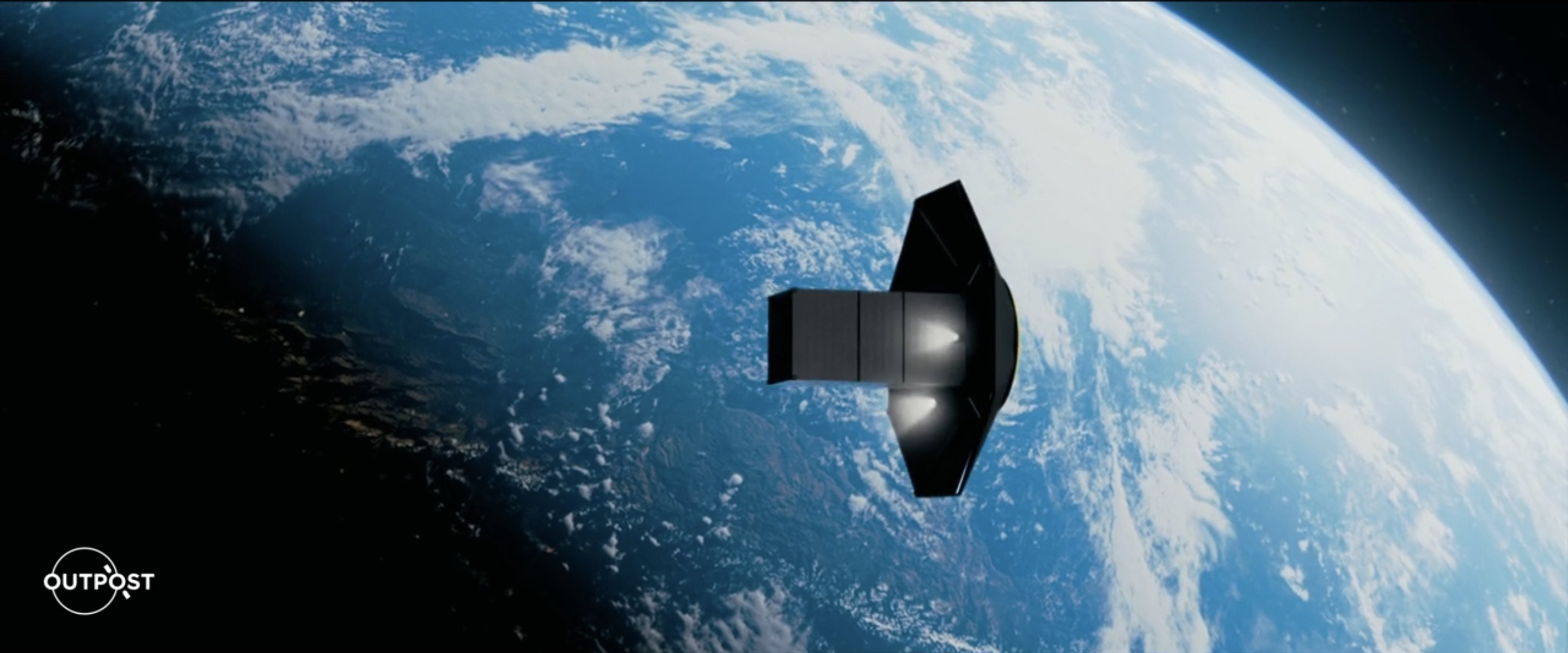
A render of one of Outpost’s Carryall satellites.
- Founded: 2021
- Founder: Jason Dunn
- Headquarters: Santa Monica, CA
Big deal because… it’s building a “return lane” from space.
The background: Retrieving something from space is an expensive challenge — special heat shields are needed to protect spacecraft during reentry, and systems of parachutes and thrusters are then needed to slow it down and guide it to a landing site. Outpost Space is developing a reusable satellite system that can be deployed into space and then return to Earth for a precise landing. This could give us a way to manufacture larger quantities of goods in space and to avoid cluttering up Earth’s orbit with more inactive satellites.
The latest: Outpost recently landed a $33.2 million contract from the US military to help fund development of its satellites. Its goal is to fly a mission with a smaller one, called Ferryall, in early 2026, followed by a mission with a shipping-container sized satellite, called Carryall, in 2027.
Relativity Space

A render of a Terran R launch.
- Founded: 2015
- Founders: Tim Ellis and Jordan Noone
- Headquarters: Long Beach, CA
Big deal because… it’s the first company to launch a 3D-printed rocket.
The background: Reusable rockets have played a pivotal role in making space more accessible — no longer does the full cost of a rocket have to be paid for in every mission. Relativity Space thinks leaning on 3D printing will get costs down even further by allowing it to build reusable rockets from fewer parts, at a quicker cadence. In 2023, it became the first company to launch a primarily 3D-printed rocket, though the vehicle failed to reach space. Soon after, it announced plans to stop development of that rocket (Terran 1) to focus on building a larger one (Terran R).
The latest: Testing on the engine for the Terran R is reportedly going well, and in September 2024, CEO Tim Ellis told Ars Technica that Relativity is on track to launch the rocket in 2026 — though exactly how much of that rocket will be 3D printed is unclear.
Space Pioneer
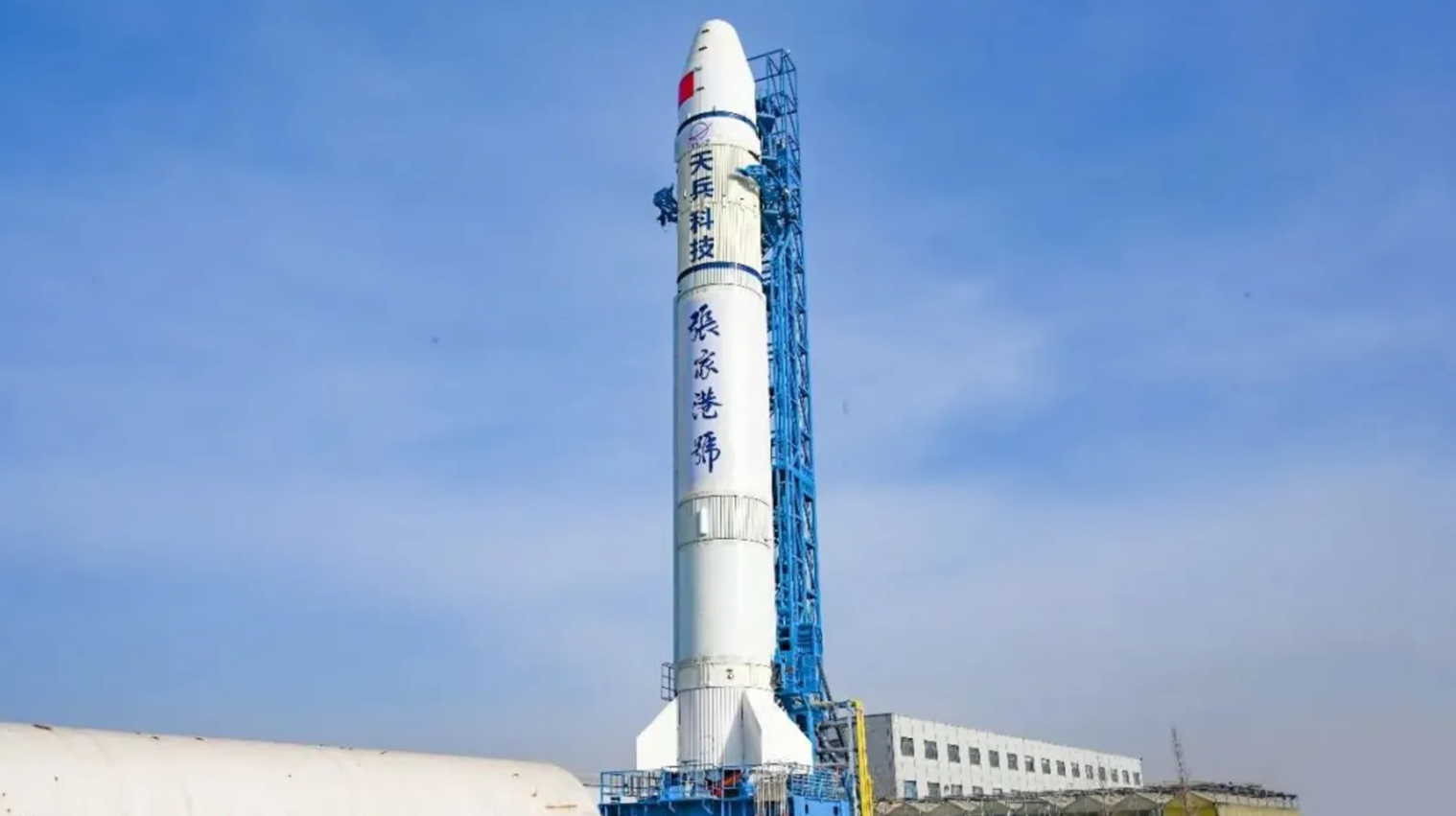
Space Pioneer’s Tianlong-2 prior to launch.
- Founded: 2019
- Founder: Kang Yonglai
- Headquarters: Beijing, China
Big deal because… it’s the first startup to reach orbit on its first try.
The background: In 2023, Chinese startup Space Pioneer made history by reaching orbit during the very first launch attempt of its very first rocket (Tianlong-2), something no other company has done (it took SpaceX four tries). The road has been bumpy since then, though — in June 2024, the startup was attempting to static fire its new Tianlong-3 rocket when the anchoring mechanism failed. The partially reusable rocket then flew into the air before crashing into a hillside less than a minute later.
The latest: Just a few weeks before the accidental launch, Space Pioneer announced that it had secured a new round of funding that would go toward Tianlong-3’s development. No word on how the incident is affecting its timeline, but progress is still being made, and if the startup can get Tianlong-3 off the ground (on purpose), the rocket could be the equivalent of SpaceX’s Falcon 9 for the Chinese market, allowing for frequent, relatively low-cost launches.
Stoke Space
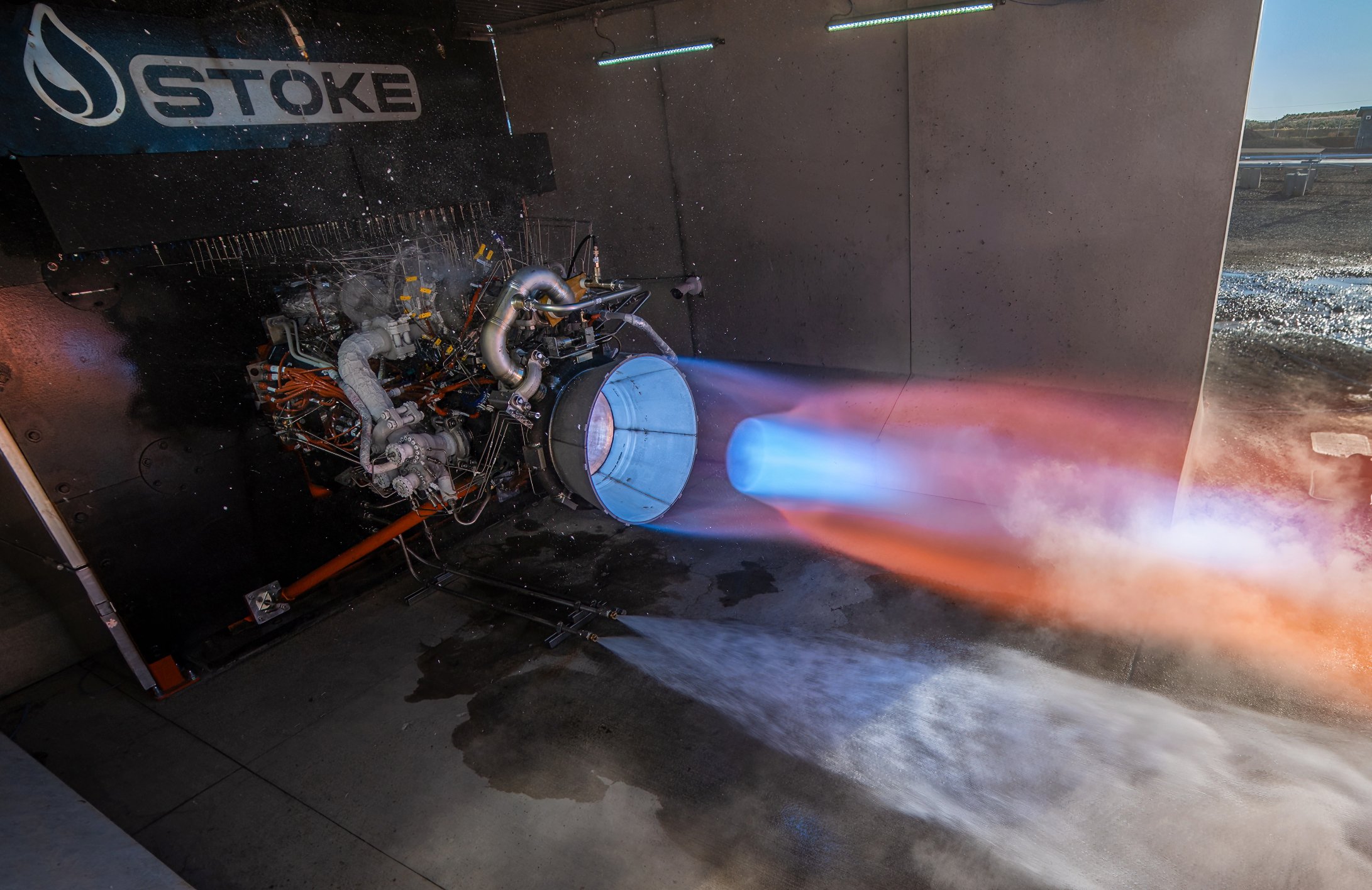
A test fire of the new booster engine that Stoke is developing for Nova.
- Founded: 2019
- Founders: Andy Lapsa and Tom Feldman
- Headquarters: Seattle, WA
Big deal because… it’s attempting to build the world’s first fully reusable rocket.
The background: Today’s reusable rockets are only partially reusable — SpaceX recovers and reuses Falcon 9’s lower stage, for example, but not its upper stage. Stoke Space is attempting to build Nova, a fully reusable rocket, to further cut the cost of launches and make it easier to return cargo from orbit. In 2023, Stoke successfully “hopped” the rocket’s upper stage, and in June 2024, it started test firing the engine for Nova’s lower stage.
The latest: The Space Force has awarded Stoke exclusive use of Launch Complex 14 at Cape Canaveral, so while it continues developing its rocket, the startup is also working to prepare the historic complex for its first Nova launch, which is currently scheduled for 2025.
TransAstra
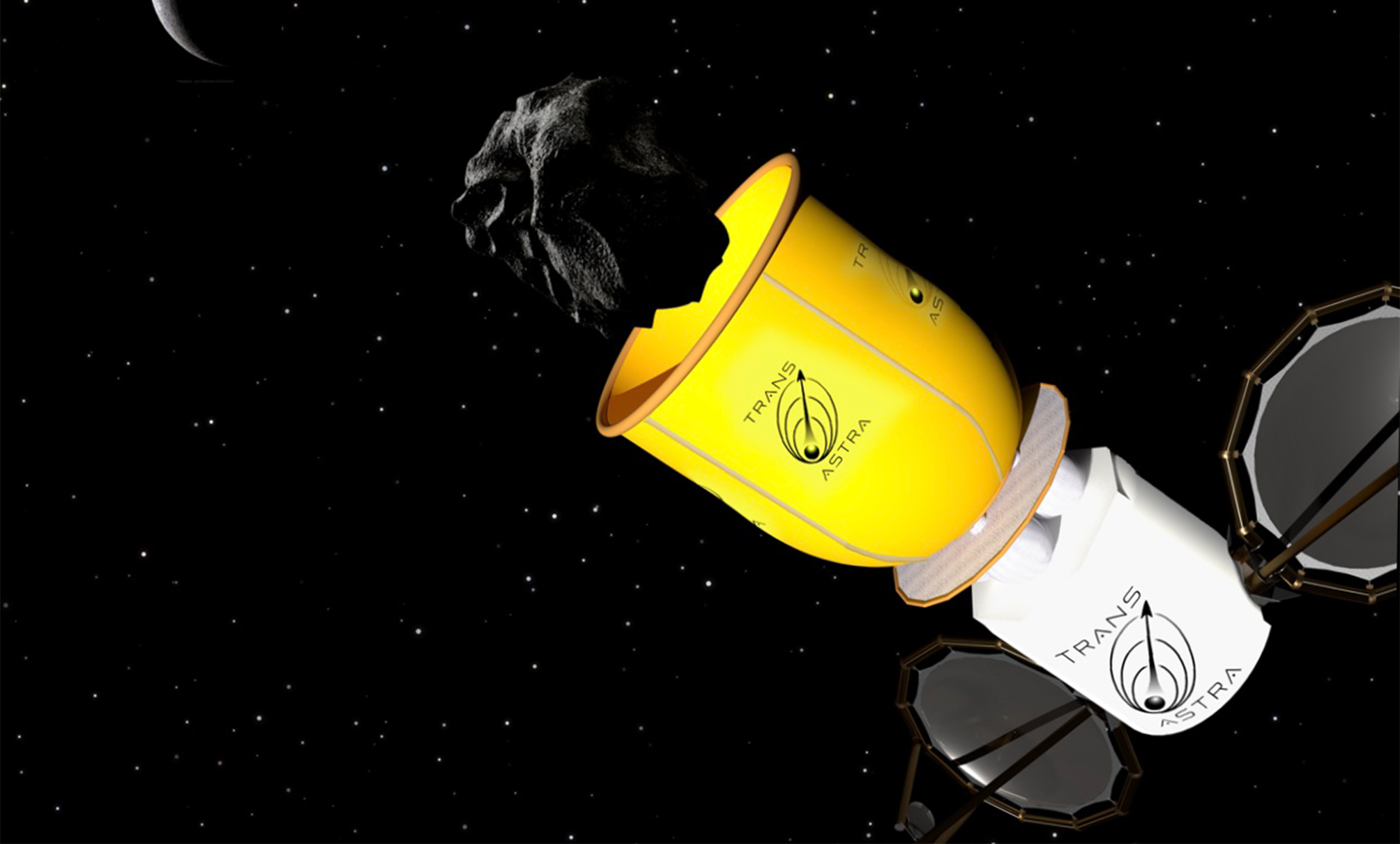
A render of FlyTrap capturing an asteroid, which could be mined.
- Founded: 2015
- Founder: Joel Sercel
- Headquarters: Los Angeles, CA
Big deal because… it could help solve one of the biggest problems in space.
The background: Low-Earth orbit is increasingly cluttered with millions of objects that we sent into space but never bothered to retrieve. A collision with even a small piece of this orbital “space junk” could damage spacecraft or satellites and potentially threaten the lives of astronauts. TransAstra is developing multiple systems to capture and remove space junk so that we can continue to explore space far into the future, and in 2023, NASA awarded it a contract to build a prototype of one of them: the Mini Bee Capture Bag.
The latest: In January 2024, TransAstra landed its first contract with the Department of Defense to develop another system called Flytrap, which could be used to capture space junk — or even asteroids that could be mined for minerals or water to support future space missions.
Varda Space Industries
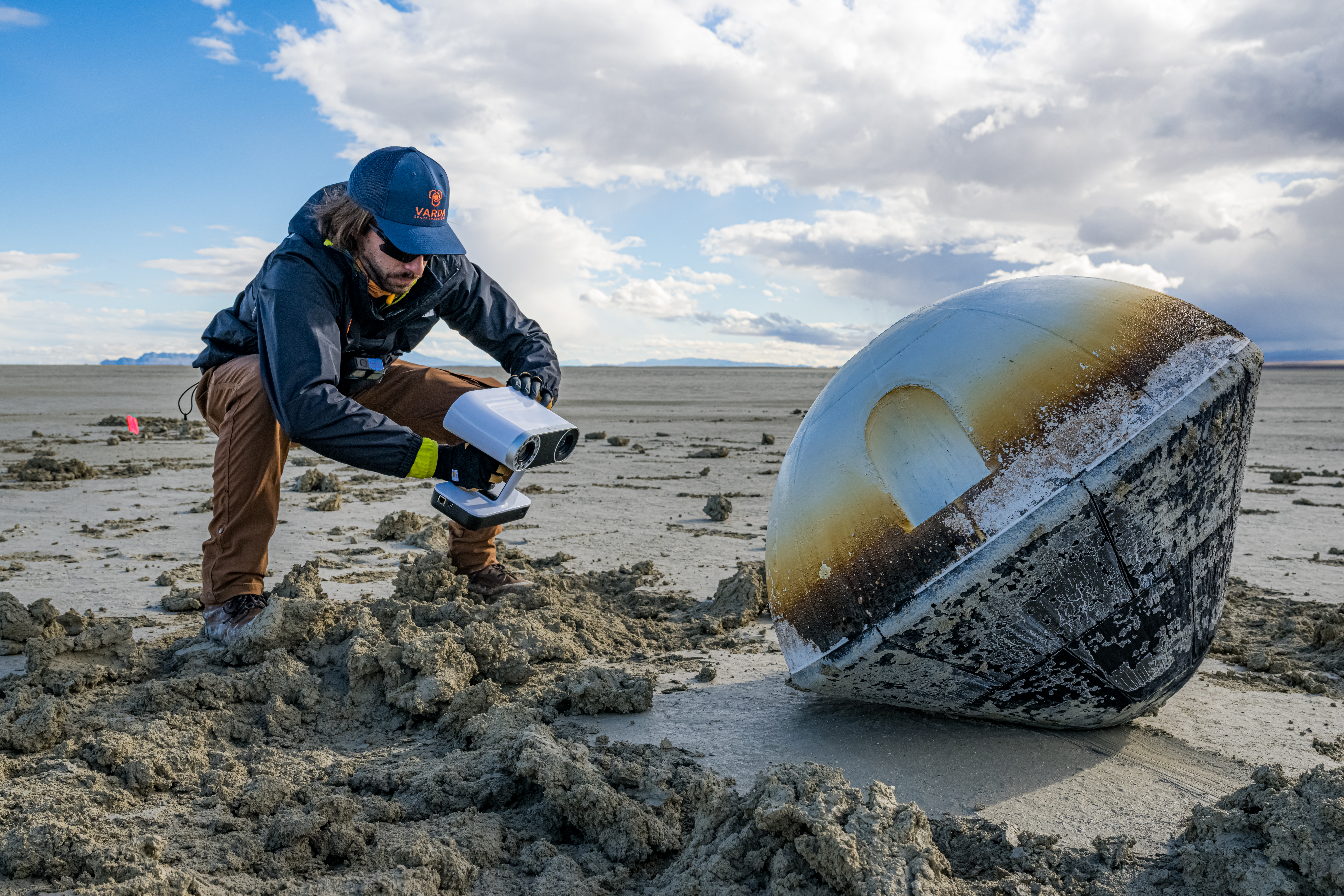
Varda’s first space factory soon after landing back on Earth.
- Founded: 2021
- Founders: Will Bruey and Delian Asparouhov
- Headquarters: El Segundo, CA
Big deal because… it successfully deployed the world’s first space factory.
The background: Certain products, including some pharmaceuticals, would be easier to manufacture if we didn’t have to account for the force of gravity, and now that launch costs are falling, the possibility of making them in space is starting to seem financially viable. Varda Space Industries is developing spacecraft to autonomously manufacture these goods in orbit and then bring them back to Earth. As audacious as that sounds, it’s actually already done it, too: in June 2023, Varda deployed its first “space factory,” which synthesized an HIV drug in microgravity before (finally) returning to Earth in February 2024.
The latest: Varda plans to launch its second space factory in early November 2024. This flight will “advance pharmaceutical research as well as fly several payloads in support of NASA and other government partners,” according to the startup, and unlike the first mission, its return shouldn’t be delayed — the company has already secured a reentry license with the FAA.
We’d love to hear from you! If you have a comment about this article or if you have a tip for a future Freethink story, please email us at [email protected].
Source link
lol

